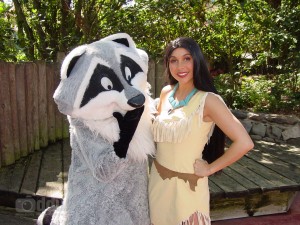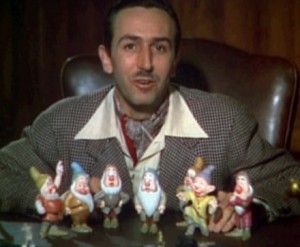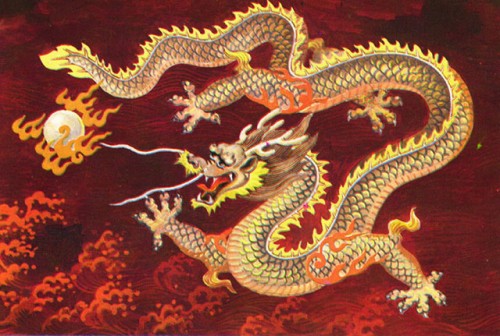Pixie Dust on Goody Goody Land?
Walt Disney was a man known as an escapist who made escapism his life’s work. He not only exploited fantasy, but enjoyed it with the millions who paid to see his films. He recognized early on that in the world of the fairy-tale, especially the cartoon fairy-tale, anything is possible. Animals can act, talk and behave like human beings; witches can fly, little boys can climb beanstalks and discover giants and castles in the clouds. Of course, these stories are ages old, Cinderella, Snow White, and Sleeping Beauty. Disney always added his own imaginative touches, to the point you read the old versions and your child is likely to say, ‘that’s wrong’! He invented many other characters, from Mickey Mouse and Donald Duck onwards.
Disney had a burning ambition to succeed, but money was of secondary importance: his associates constantly complained about his reckless disregard for the enormous cost of the projects he initiated. His first venture ended in bankruptcy, but he persisted. His career is a remarkable example of courage, determination, and vision.
The Disney vision of fairy-tale love stories, benevolent nature, and classic American virtues such as hard work have remained unchanged from the beginning. However, in Disney films stereotypical characters , predictable plots and subtle racist elements have all led to criticism…

